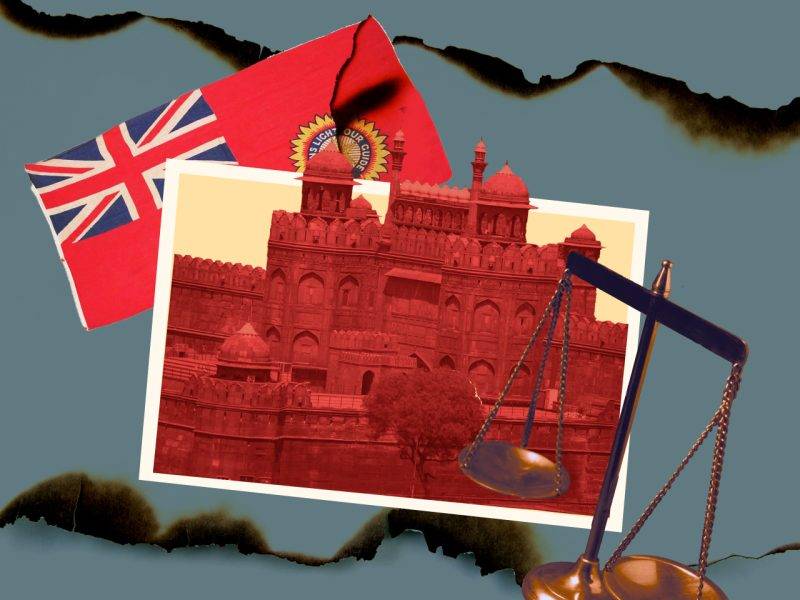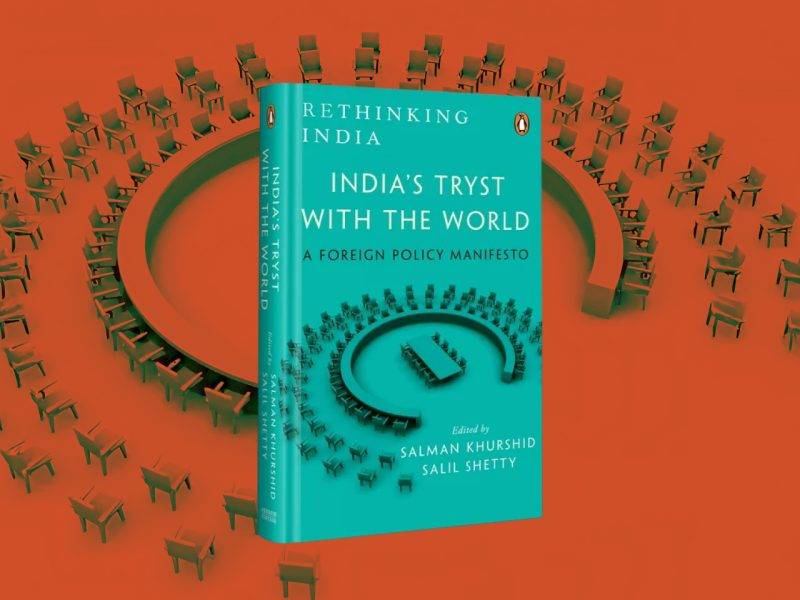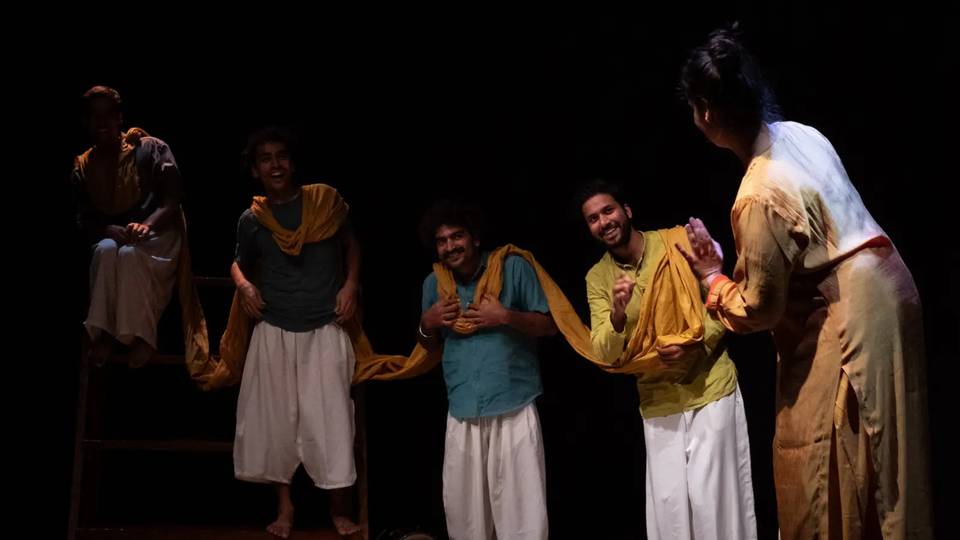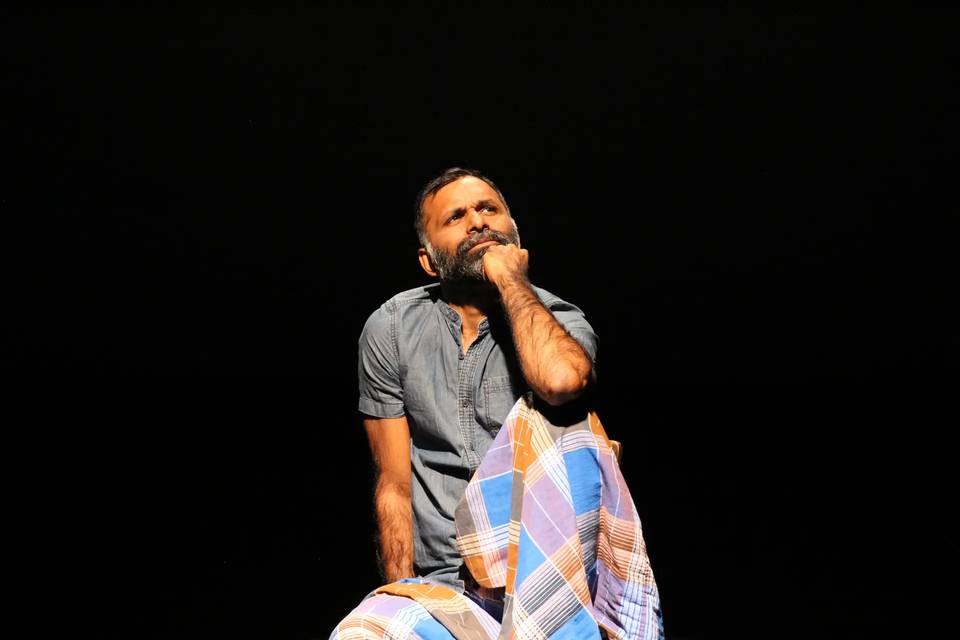Living With Storms Toward an Action Plan for Bengaluru
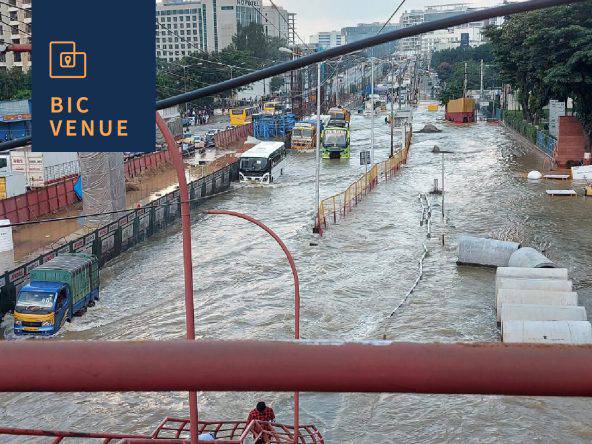
Details
Oct 13 2022 to Oct 13 2022 6:30 p.m.
EVENT HAS ENDED
Where
Bangalore International Centre
7 4th Main Rd, Stage 2, Domlur 560071
Event Description
The recent thunderstorms in Bengaluru led to severe flooding in several parts of the city, causing substantial loss of property, traumatic disruption, and even loss of lives. Even Bangalore International Centre, the site of this discussion, has had its operations suspended twice by the basement getting flooded due to failures in the drainage system of the neighbourhood. The usual excuse trotted out was that the rain was “unprecedented,” but it is clear we need to think beyond this framework. Storms of unprecedented intensity are more likely in an era of global climate change. Moreover, the intensity of the recent rain does not fall beyond parameters that should be considered while engineering a storm water drainage system for a city. Responding to the floods, media coverage and statements by urban activists have spoken about the usual culprits: corruption, building on lake beds, encroachments onto drains, wilful flouting of the master plan, etc. A litany of past failures or an abstract delineation of villains will not help us. The planning system we need so we can live without our lives being upturned by storms is not rocket science: it is established, explicit, and clear, and has been so for a long time. We need a clear public consciousness on what needs to be done, the institutional architecture to implement it, and the standards of transparency and accountability through which public sentiment can shape political will on this issue. This discussion will seek to define the outline of such a consciousness so that it can be documented and placed in the public domain.











